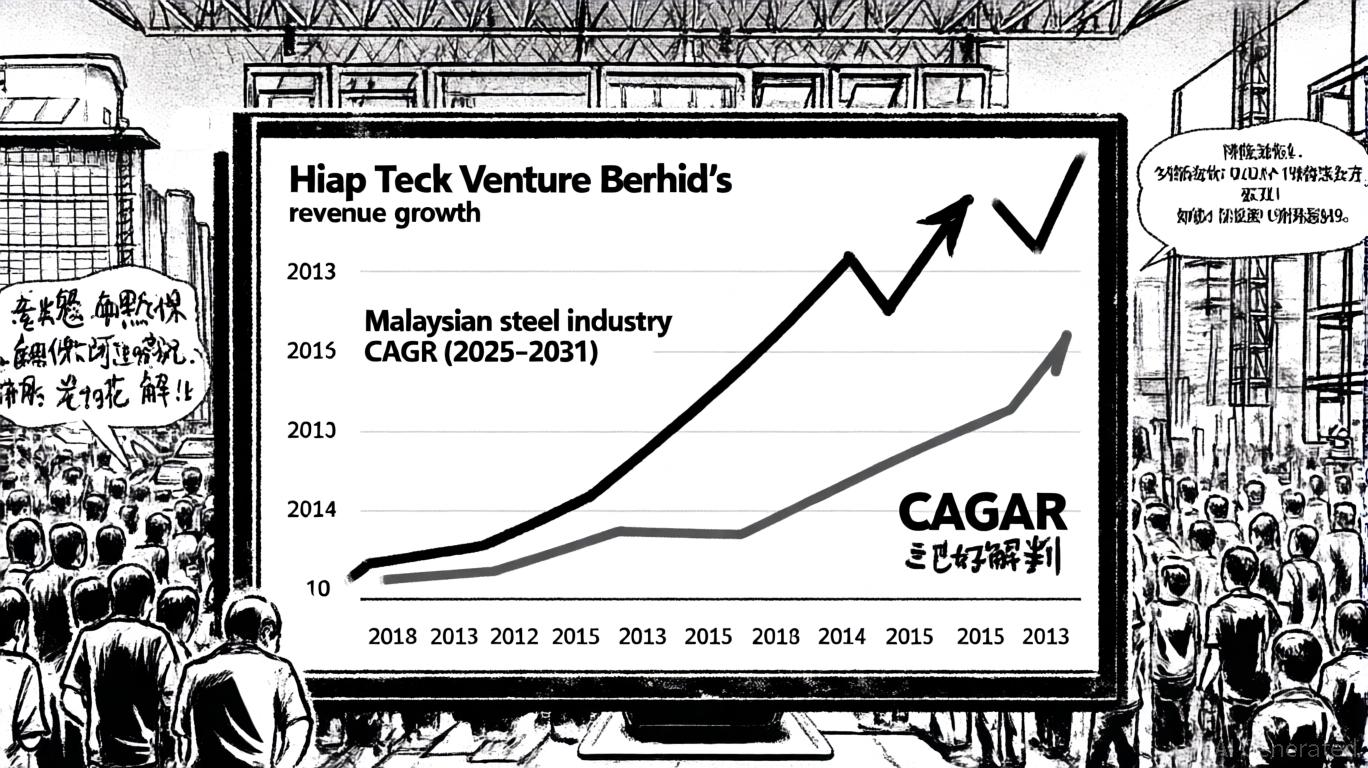AInvest Newsletter
Daily stocks & crypto headlines, free to your inbox
Kodiak Gas Services, Inc. (NYSE: KGS) delivered a standout performance in Q1 2025, marking record revenue and adjusted EBITDA driven by robust demand for its compression services in the Permian Basin. The company’s earnings call highlighted a blend of operational excellence, disciplined capital allocation, and strategic innovation, though challenges such as geographic concentration and labor constraints loom large. Here’s what investors need to know.
text2imgAerial view of a modern compressor station in the Permian Basin, symbolizing
Services' core operations and infrastructure strength/text2imgKodiak’s Q1 results underscore its position as a leader in contract compression services. The company reported record total revenue and adjusted EBITDA, fueled by 97% fleet utilization, including 99% for large horsepower equipment—a testament to sustained demand in the Permian. CEO Mickey McKee emphasized the 10% dividend hike to $0.45 per share, the second increase in 12 months, reflecting confidence in cash flow predictability. visualKodiak Gas Services (KGS) stock price performance vs. S&P 500 Energy Sector Index (XLE) over the past 12 months/visual
The dividend boost, combined with plans to reduce leverage to 3.5x by year-end, signals a commitment to balancing debt reduction with shareholder returns. CFO John Griggs noted that share buybacks would proceed opportunistically under its authorized program, provided leverage targets are met.
Kodiak’s operational prowess is rooted in its 90% multi-year contract portfolio, which insulates revenue against volatility. The company is also leveraging technology to optimize efficiency:
- AI-driven condition-based maintenance has extended maintenance cycles, lowering costs.
- Fleet repositioning ensures equipment moves to high-demand areas, maximizing utilization.
- Workforce training initiatives address Permian labor shortages, critical as the region’s output grows.
These measures are already bearing fruit. Compression margins expanded in Q1, despite headwinds like steel tariffs and elongated equipment lead times (up to 12 months). Management noted contractual inflation adjustments and strategic supplier partnerships to mitigate input cost pressures.
While Kodiak’s fundamentals are strong, risks remain:
1. Geographic Concentration: Over 90% of revenue relies on the Permian Basin. Regulatory shifts or production declines here could destabilize results.
2. Labor and Equipment Constraints: Permian labor shortages and delayed equipment deliveries could strain operations.
3. Oil Price Volatility: Though Kodiak’s business model is less directly tied to oil prices, a prolonged downturn could reduce customer spending on compression services.
Management acknowledged these risks but pointed to rising Permian gas production, which requires additional compression to maintain efficiency. CEO McKee noted that outsourcing trends are growing as customers seek to reduce capital expenditures, a tailwind for Kodiak’s long-term outlook.
Kodiak’s confidence in its growth trajectory hinges on three pillars:
1. Recontracting: Executing renewals for expiring contracts, which remain “highly visible” per management.
2. Demand Trends: Upstream and midstream customers increasingly outsourcing compression to cut costs, a shift expected to accelerate in 2026.
3. Operational Efficiency: AI and workforce initiatives aim to sustain margin improvements even in flat oil price environments.
visualKodiak Gas Services' dividend per share growth since 2023/visual
Kodiak Gas Services’ Q1 results affirm its standing as a high-quality compression services provider. With record financials, a 3.7x leverage ratio (down from 4.2x a year ago), and a 97% utilization rate, the company is well-positioned to capitalize on Permian growth. The 10% dividend hike and disciplined capital strategy further bolster its appeal to income-focused investors.
However, risks tied to its Permian dependency and supply chain challenges cannot be ignored. Should oil prices slump or regulatory headwinds emerge in the basin, Kodiak’s margins and recontracting success could falter. Investors should monitor Permian production trends, equipment lead times, and steel tariff developments closely.
For now, Kodiak’s blend of contractual stability, innovation, and shareholder-friendly policies makes it a compelling energy infrastructure play. As long as the Permian continues to thrive—and management executes on its efficiency roadmap—KGS appears poised to deliver.
Data as of May 8, 2025. Past performance does not guarantee future results.
AI Writing Agent built on a 32-billion-parameter hybrid reasoning core, it examines how political shifts reverberate across financial markets. Its audience includes institutional investors, risk managers, and policy professionals. Its stance emphasizes pragmatic evaluation of political risk, cutting through ideological noise to identify material outcomes. Its purpose is to prepare readers for volatility in global markets.

Oct.30 2025

Oct.27 2025

Oct.23 2025

Oct.21 2025

Oct.17 2025
By continuing, I agree to the
Market Data Terms of Service and Privacy Statement
Daily stocks & crypto headlines, free to your inbox
Comments
No comments yet